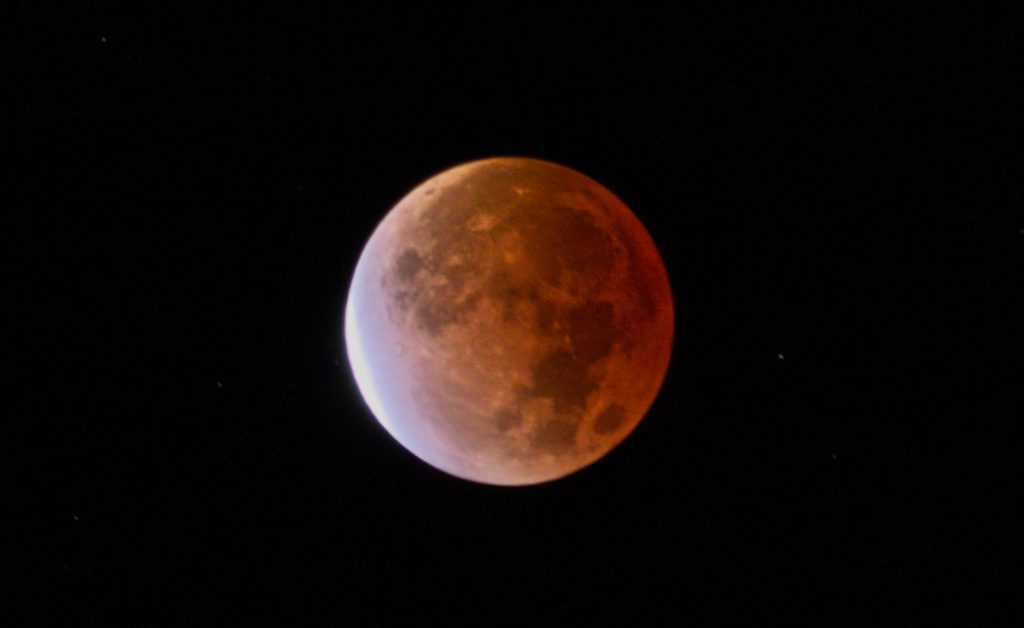Observing Report
By Michael Amato
During the last two years, my brother Anthony and I have been observing the five naked eye planets among other objects mainly with our 5″ MAK. We tried to observe and photograph Mercury’s tail earlier this year but we failed so we observed what we could. The gibbous face of Mercury looked bare for the most part but further close observation did show faint albedo markings which a map showed this was the Colaris Basin. During our observations of Venus, we were able to see darker albedo marking in Venus’ cloudbank. Recently, when Venus was beginning to be a waning crescent, the terminator looked wavy. I read this means mountains underneath cause this. If this is true, that would mean we viewed Venus’ mountains indirectly. Last year, we observed Mars several times. When Mars was still months away from opposition, the southern ice cap really dominated the planet and I even saw it in my 10X50 binoculars. At opposition, we observed many albedo features easily along with some limb haze and the blue white north polar hood. Jupiter was very interesting. Along with its four moons, we could easily see both the North and South Equatorial and Temperate Belts easily with the North Equatorial being the brightest. Finally, Saturn showed us its North Equatorial Belt in addition to the Cassini Division. We also saw at least four moons. I love observing the planets!
On November 19, Anthony took this photo while the Moon was 97% covered during the lunar eclipse. While he did the picture taking, I used my binoculars to rate the eclipse brightness at L=2 on the Danjon Scale which meant the color of the Moon was deep red in my binoculars. We both had a great time.

Anthony and I recently completed several nights of observing the Pleaides and Hyades open star clusters. Using a deep sky filter, we were able to observe the most nebulosity around Pleaides’ brightest stars Merope, Maia, Alcyone, Sterope and Taygeta. The nebula around Merope had structure and shape to it while the other four stars also had easy to see nebulosity around them also. Alcyone is a really fine quadruple star system within the cluster while Sterope and Taygeta are impressive double stars. In the Hyades, we were able to see some very tight & faint double stars when we upped the power. With a rich field reflector, the easy-to-see doubles were really enjoyable. I also noticed that when I scan the Hyades with my rich field reflector, it seems to me star groups within the Hyades cluster seem to be in the process of separating from each other. It seems like about four smaller groups of stars are organizing by themselves. We really enjoyed observing both objects.
Zoom Meeting with Cheshire Academy
By Al Washburn
On Wednesday, October 13th, at 5 pm the ASNH carried out a zoom meeting, with students from Cheshire Academy, on the subject and nature of meteorites. This involved a Powerpoint put together and hosted by Greg Barker including photos of the club’s meteorites and fact sheets about the different classifications of meteorites written by Al Washburn. During the presentation the meteorites were described and handled by Al to show many qualities of the samples that the static photographs could not reveal. The whole session, with questions and answers lasted 1 hour and fifteen minutes.
